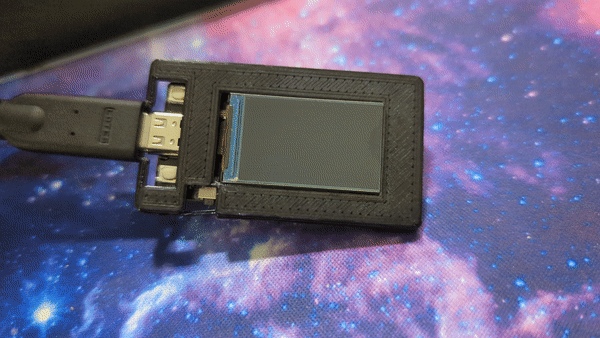A Bunch of builds/forks of the tilt hydrometer companion for different micro controllers
Currently Right now that is only the t-picoc3. If I do more they will be split into subdirectories
For more detailed information visit my blog post
TODO
RP2040 Side (golang - handles the TFT)
- Plug in the picoc3 on the RP2040 side
- Set the pi to flashable by holding boot, press run, let go of boot
- Grab the binary from this repo releases or build this one with tinygo:
$ tinygo build -target=pico -o bluey.uf2 main.go - Install picotool
$ picotool load -x bluey.uf2
ESP32 side (WIFI + BLE to RP2040 via UART)
- Plug in the esp32-c3 side
- Set it to bootloader mode by jumping IO9 to GND
- Install esptool
- Erase it:
$ esptool.py --chip esp32c3 --port /dev/ttyACM0 erase_flash #note your USB port and use that - Download micropython for esp32-c3
- Flash it with micropython:
$ esptool.py --chip esp32c3 --port /dev/ttyACM0 --baud 460800 write_flash -z 0x0 esp32c3-usb-20220618-v1.19.1.bin - Install thonny
- Download this helpful urequests file. Open it in thonny, save it to micropython on the esp32-c3 as
urequests.py. - Download Microdot.py. This is for the captive portal for configuration.
- Download the main.py file here and save it as
main.pyon the esp32-c3- Make changes to connect to your wifi network
- Make changes (if wanted) to send BLE tilt data to a webserver
While (or right after) plugging in the device, hold the button labeled IO7 The t-pico will spin up an AP named 'Bluey' that you can wirelessly connect to. You can then browse to http://192.168.4.1 and configure it. This information is printed on the LCD screen as well.
You should be good to go!
Happy hacking

